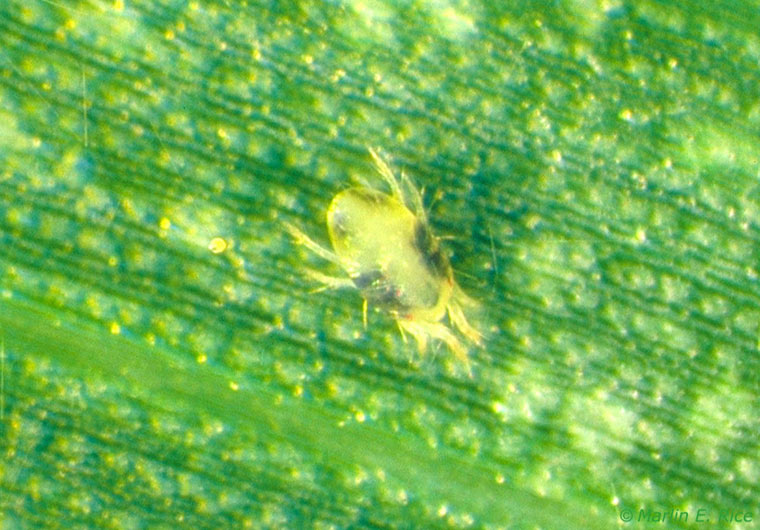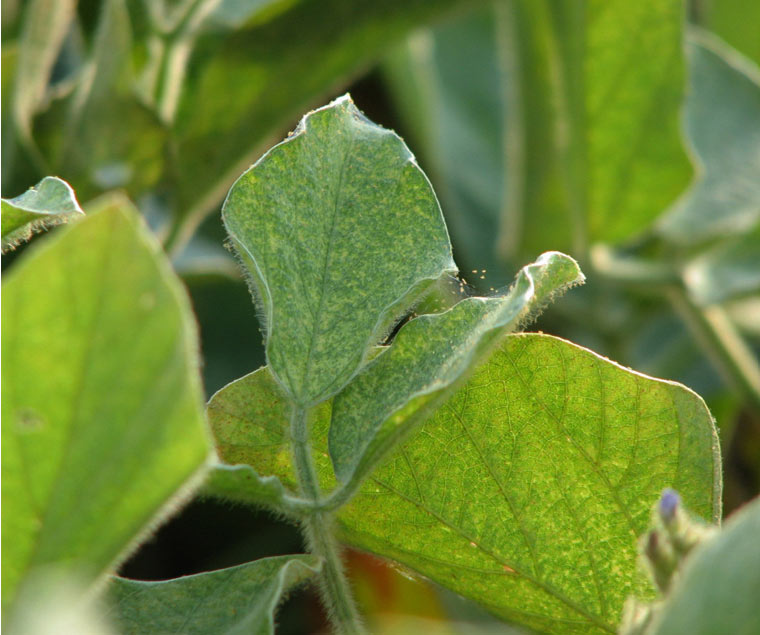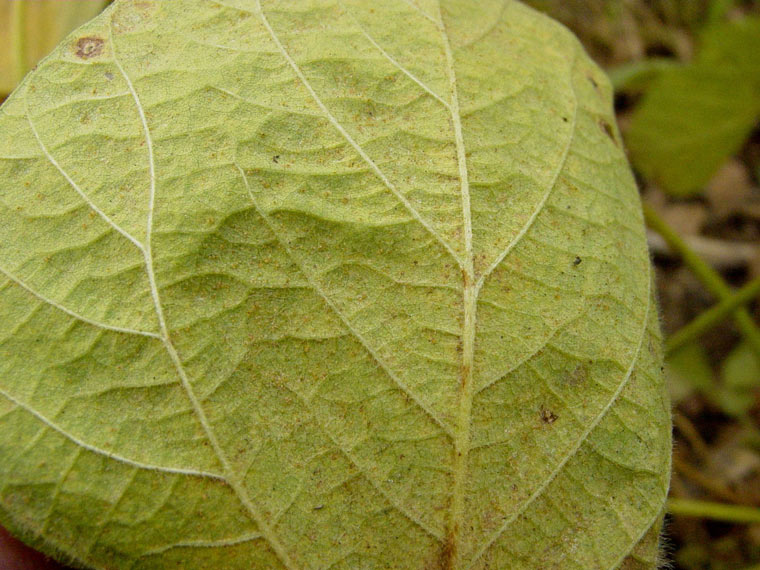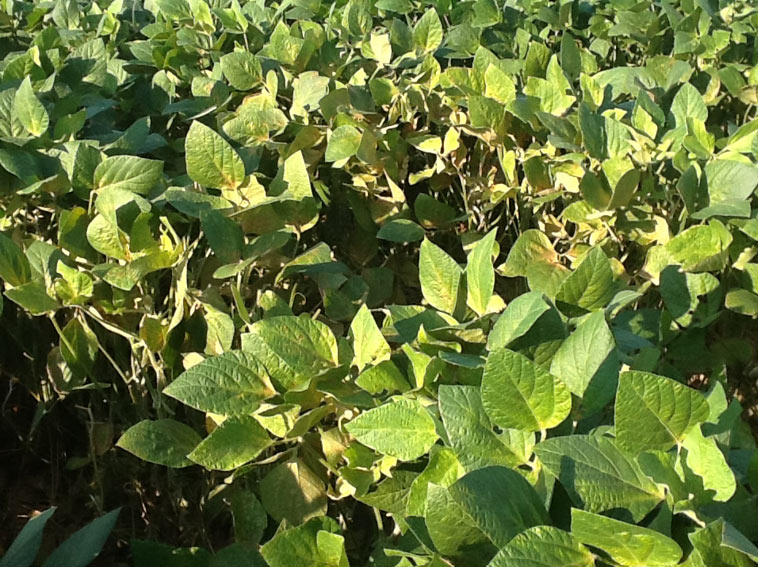Something went wrong. Please try again later...
Key Points
- Two-spotted spider mites are a pest of soybeans that show up during extended periods of drought.
- Spider mites damage soybeans by piercing plant leaves and feeding on the plant juices.
- There are no established economic thresholds for two-spotted spider mites.
- Effective chemical control of spider mites is challenging due to the limited efficacy of treatments, short residual period, and detrimental effect on natural predators.
The foregoing is provided for informational use only. Please contact your Pioneer sales professional for information and suggestions specific to your operation. Product performance is variable and depends on many factors such as moisture and heat stress, soil type, management practices and environmental stress as well as disease and pest pressures. Individual results may vary. Pioneer® brand products are provided subject to the terms and conditions of purchase which are part of the labeling and purchase documents.



